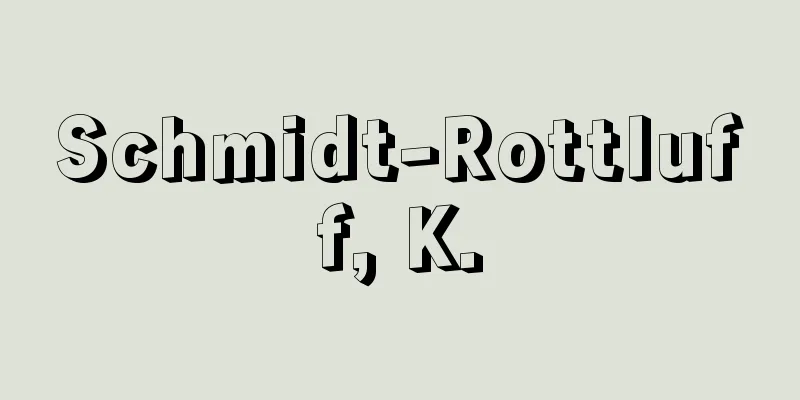Gosho doll - Goshoningyo

|
This is an artistic doll that was created in Kyoto during the Kyoho era (1716-1736) in the Edo period. It was first made of clay, and later carved from wood. Lightweight paulownia wood was often used, and for mass production, it was cut into paper mache or paste molds. These are painted with chalk and polished, giving them a Japanese style of technique and elegance. They are generally naked figures of children between the ages of 1 or 2 and 5 or 6. They range in size from life-size to small figures about 1 cm. They have white polished skin, large heads, and plump bodies, giving them the appearance of children, and they express the innocence of children. Some are dressed in belly wraps, children's formal clothing, eboshi hats, and hoods. Large dolls dressed in Noh costumes and based on Noh theater are also called Noh dolls. When the feudal lords of the western provinces visited Kyoto on alternate attendance days, they would send a list of greetings to the imperial court and nobles in Kyoto, and it is said that the name Gosho Ningyo originated from the fact that dolls were used as a return gift. These dolls are a typical Kyoto souvenir, and are currently produced in Kyoto and Tokyo. [Ryosuke Saito] Source: Shogakukan Encyclopedia Nipponica About Encyclopedia Nipponica Information | Legend |
|
江戸時代、享保(きょうほう)年間(1716~36)に京都で創始された美術的な人形。最初は粘土製、のちには木彫りでつくられた。軽い桐(きり)が多く用いられ、量産の場合には張り子や練り物の型抜きにした。これらに胡粉(ごふん)を塗って磨き出し、日本的な技巧と気品とを備えている。主として1、2歳から5、6歳くらいまでの幼児の裸の姿をしている。大きさは等身大から1センチメートルほどの小形まである。白磨きの肌に大きな頭、横太りの丸々した体をもった童姿で、子供のあどけなさがよく表現されている。これに腹掛けや、童直衣(わらわのうし)に烏帽子(えぼし)、頭巾(ずきん)をかぶったものもある。能楽を題材とし能衣装を着せた大作りのものを能人形ともよぶ。西国大名が参勤交代で上府の際、京都の禁裏や公家(くげ)に挨拶(あいさつ)の目録を贈る風習があり、その返礼に人形が使用されたのが御所人形の名のおこりという。京土産(みやげ)の代表的な人形で、現在は京都と東京で製作される。 [斎藤良輔] 出典 小学館 日本大百科全書(ニッポニカ)日本大百科全書(ニッポニカ)について 情報 | 凡例 |
<<: Magistrate of the Imperial Household Agency
Recommend
Red cedar
…Junipers are intermediate hosts for the red spot...
Disguised unemployment
...In reality, this is low-level employment that ...
Australian pine
...When the fruit ripens and dries, the beak open...
Leptoptilos dubius (English spelling) Leptoptilosdubius
… [Hiroyuki Morioka]. … *Some of the terminology ...
Okinawa Prefecture Promotion Plan - Okinawa Prefecture Promotion Plan
… [Okinawa under wartime conditions] Okinawan soc...
Zhang Wen Tao
A poet of the Qing Dynasty in China. His pen name...
Kurohimeyama Kofun
This keyhole-shaped tumulus is located in Kuroyama...
Neoscona fuscocalorata (English spelling)
… [Eiichi Shinkai]. … *Some of the terminology th...
Carlotta Grisi
Italian ballerina. Born in the small village of B...
North Yatsugatake
...In the narrow sense, it refers to the mountain...
Old Criminal Code - Kyuukeiho
The Japanese Criminal Code was issued by the Dajo...
Tuba - Chuba (English spelling) tuba
The name of a lip-reed instrument (an aerophone i...
Addison's disease
…It is sometimes called Addison's disease, an...
Cheese - Cheese (English spelling)
Milk is coagulated by adding rennet enzymes or or...
Sadaedang (English spelling)
A political party in Korea at the end of the Joseo...









